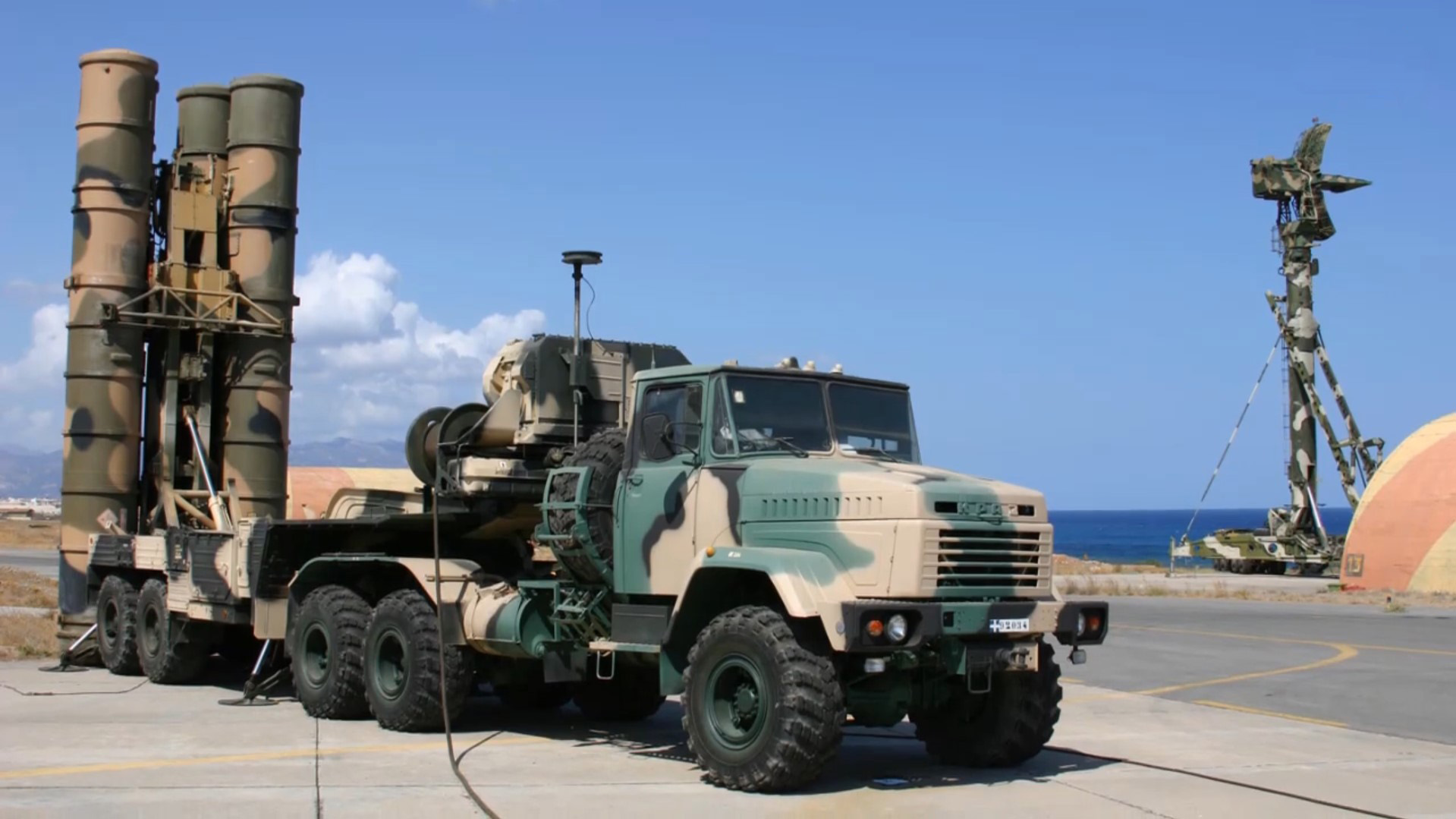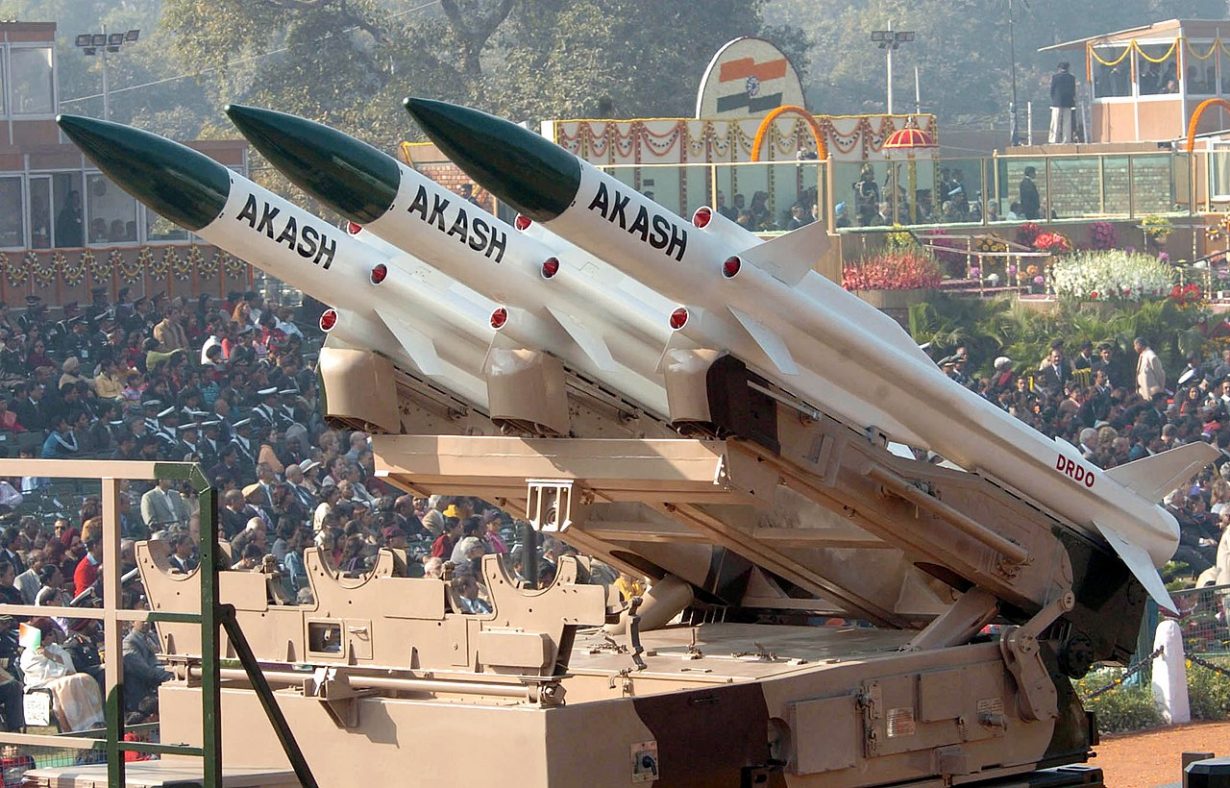An unknown number of Greek S-300 air defense systems could soon be transferred to Armenia, which is currently implementing an all-around military modernization through arms acquisitions to build capability against its ‘arch-nemesis’ Azerbaijan.
A report published by the Greek news website Enikos suggests that Greek military forces are “at an advanced stage” of replacing their S-300PMU1 surface-to-air air defense system, short-range Tor-M1, and Osa-AK with more advanced Western technology.
The decision has been prompted by trouble maintaining Russian-origin weapons due to the unavailability of spares caused by international sanctions.
More importantly, the report claimed that Greece is actively exploring the possibility of transferring an unknown number of its S-300 SAMs to Armenia. The potential transfer, the report alleged, is part of a larger effort undertaken by France, which is collaborating with Greece to support Armenia’s arms acquisition and military modernization.
Incidentally, Armenia already has several S-300s in its inventory.
The publication stated that it is a “strategic choice,” reflecting the close ties between Greece and Armenia throughout history. Additionally, it is “the product of cooperation with France,” which has become Armenia’s primary Western military ally in recent years.
The publication went on to say, “The Armenians have experience in [the Russian systems’] use and have the necessary spare parts for their maintenance, which has been the biggest problem for the Greek Armed Forces in recent years, especially after the launch of the war in Ukraine and the embargo imposed on Russia by NATO and the EU.”
These claims could not be independently verified, and neither country acknowledged them at the time of this report’s writing.
However, the reports come amid an increased cooperation between the two countries. For instance, the Greek Defence Minister Nikos Dendias reiterated Greece’s commitment to fortifying military ties with Armenia during his March 2024 visit to Yerevan.
Moreover, the Armenian government announced last year that the two states would sign a military-technical cooperation agreement that includes, among other things, bilateral defense technology transfer and military equipment repair from “third countries.”
Greece was earlier believed to be considering transferring these S-300s to Ukraine, which already operates the system and has hands-on experience with it. Though Ukraine had been pleading Athens for the S-300 since 2022, reports suggest a possible transfer surfaced only in January 2024. No transfer, however, has taken place yet.

The Greek administration has refused to relent despite mounting pressure from Ukraine and other NATO allies, like the United States. The reluctance has, in part, been attributed to stern Russian warnings.
Earlier, as reports of a potential transfer gained traction, the Russian foreign ministry said the shipment of the S-300 systems to Kyiv would be “a gross violation” of the intergovernmental agreements between Russia and Greece on military-technical cooperation.
If the plan to transfer S-300 to Armenia materializes, it will also rile up Azerbaijan, which has repeatedly charged Yerevan with executing an unparalleled arms build-up that jeopardizes the region’s security. Earlier this year, it also accused the Armenian military of carrying out a build-up along the border, signaling sustained tensions in the region despite peace efforts.
Nevertheless, the rout faced by Armenia against Azerbaijan in the 2020 Nagorno-Karabakh conflict, which saw a large-scale use of drones acquired from Turkey by Baku’s military, has necessitated the acquisition of an advanced air defense system.
While Armenia has historically depended on Russia as its primary source of military equipment and weaponry, its defense purchase policy changed after the 2020 conflict.
In recent years, Armenian officials have frequently expressed frustration with unfulfilled arms deliveries and delays from Russia despite payments. This eventually led to an estrangement between the two countries. Armenia also announced that it would quit the Russia-led Collective Security Treaty Organization (CSTO). The country has since pivoted to France and India—two of its closest and most trusted military partners.
Armenia Buying From India, France
While the S-300 acquisition is still unconfirmed, it is pertinent to mention that Armenia has also purchased Akash surface-to-air missiles (SAM) manufactured in India.
Akash is a short-range SAM system designed to protect vulnerable areas from air attacks. The Akash Weapon System (AWS) can simultaneously engage several targets in autonomous or group mode.
The indigenously produced SAM from India can successfully engage UAVs, fighter planes, and helicopters operating between a range of 4 to 25 kilometers. It has a fast reaction time from target recognition to kill and is completely automated. Moreover, it is extremely resistant to passive and active jamming and can be deployed quickly.
In addition to the SAMs, Armenia has equipped itself with Indian-made Pinaka MBRLS (considered at par with American HIMARS) and a ‘Zen’ anti-drone system, as previously reported by EurAsian Times.
The Pinaka is a free-flight artillery rocket area bombardment system with a range of 38 kilometers, quick reaction time, and a high rate of fire. A single Pinaka system fires a salvo of 12 rockets from a multi-barrel launcher in 44 seconds, while a battery can fire 72 rockets.
Armenia has also received six 155mm Advanced Towed Artillery Gun System (ATAGS) howitzers from India and has been examining the possibility of acquiring an additional 84 ATAGS units. The ATAGS will replace the obsolete Soviet-vintage D-30 towed 122mm howitzers and 2A65 Msta-B 152 mm towed howitzers.
Over the past year, Armenia’s defense spending has nearly doubled. Spending in 2024 will be between US$1.4 billion and US$1.5 billion, up from roughly US$700 million to US$800 million in 2022. One billion dollars is spent on defense contracts with India alone. In fact, Armenia has emerged as a strategic partner for India, which has been looking for customers for its domestic defense products.
If the S-300 is inducted by Armenia, it would likely operate alongside the Akash SAM acquired from India.

However, the other big military supplier to Armenia, France, is also truly invested. In June this year, for instance, France and Armenia signed a contract for the supply of French self-propelled guns (SPG) CAESAR, which has wreaked havoc on Russian troops in the Ukraine War.
The Caesar is a self-propelled gun mounted on a Renault Sherpa 10 truck chassis with an armored cab. It can pull into position, fire multiple rounds, and race off in a few minutes – a tactic known in military parlance as “shoot and scoot.”
Given that France is home to a sizable Armenian diaspora, the two countries have maintained close diplomatic relations. In fact, in 2001, France became one of the first Western countries to acknowledge the Armenian genocide perpetrated by the Ottoman Empire during the First World War, twenty years before the United States did.
So, Paris stepped up when Yerevan decided to pivot away from Moscow for its arms needs. In November 2023, France shipped 24 Bastion armored vehicles to Armenia via Georgia. According to reports, 50 Bastion vehicles have already been or are currently being delivered to Armenia’s military.
In February 2024, the French daily Le Figaro stated that France would provide Armenia with three GM 200 radars and night vision equipment. A medium-range multi-target radar, the GM 200 is designed to find, recognize, and follow targets in various settings. It transmits this information to air defense systems to engage the target.
Against that backdrop and amid extensive military cooperation between the two sides, the transfer of S-300 from Greece to Armenia, if true, is likely being facilitated by France. However, until the Greek administration makes a formal confirmation, all these claims are mere speculations.
- Contact the author at sakshi.tiwari9555 (at) gmail.com
- Follow EurAsian Times on Google News




